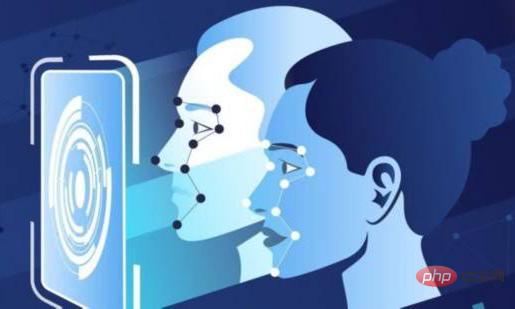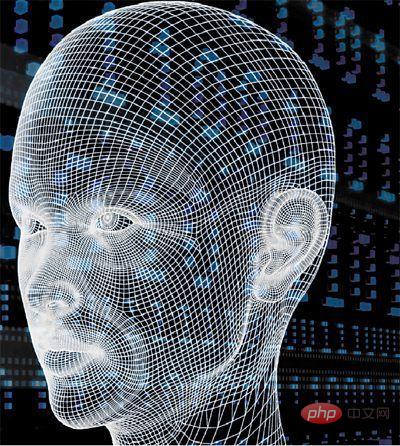Home >Common Problem >What does 3D dynamic face recognition recognize?
Three-dimensional dynamic face recognition is to identify the skeletal outline of a person; three-dimensional dynamic face recognition realizes three-dimensional face modeling. Face modeling is based on the input face image, such as eyes, nose tip, and mouth corners. , eyebrows and contour points of various parts of the face, etc., to automatically locate key facial feature points.

#The operating environment of this article: windows10 system, thinkpad t480 computer.
Three-dimensional dynamic face recognition is to recognize the skeletal outline of a person. Three-dimensional dynamic face recognition realizes three-dimensional face modeling. Face modeling is based on the input face image, such as eyes, nose tip, and mouth corners. , eyebrows and contour points of various parts of the face, etc., to automatically locate key facial feature points.

Face recognition
Face recognition is an identity based on a person’s facial feature information A biometric technology for identification. A series of related technologies that use a video camera or camera to collect images or video streams containing human faces, and automatically detect and track faces in the images, and then perform facial recognition on the detected faces, usually also called portrait recognition and facial recognition. .
Face recognition is used to collect images or video streams containing human faces with cameras and automatically detect and track faces in the images.
Research on face recognition systems began in the 1960s. It was continuously improved with the development of computer technology and optical imaging technology after the 1980s. However, it really entered the preliminary application stage in the late 1990s. It is achieved through technology from the United States, Germany and Japan. The key to the success of the face recognition system is whether it has a cutting-edge core algorithm and enables the recognition results to have practical recognition rates and recognition speeds; the "face recognition system" combines artificial intelligence, machine recognition, machine learning, model theory, and experts Systems, video image processing and other professional technologies. And it needs to be combined with the theory and implementation of median processing, which is the latest application of biometrics. The realization of its core technology shows the transformation from weak artificial intelligence to strong artificial intelligence.

Technical Features
Traditional face recognition technology is mainly based on face recognition of visible light images, which is also familiar to people The identification method has more than 30 years of research and development history. However, this method has shortcomings that are difficult to overcome. Especially when the ambient lighting changes, the recognition effect will drop sharply and cannot meet the needs of the actual system. Solutions to solve the lighting problem include three-dimensional image face recognition and thermal imaging face recognition. However, these two technologies are far from mature, and the recognition results are unsatisfactory.
One solution that is developing rapidly is multi-light source face recognition technology based on active near-infrared images. It can overcome the influence of light changes and has achieved excellent recognition performance. The overall system performance in terms of accuracy, stability and speed exceeds that of 3D image face recognition. This technology has developed rapidly in the past two or three years, making face recognition technology gradually practical.
The human face is as innate as other biological characteristics of the human body (fingerprints, iris, etc.). Its uniqueness and good characteristics of not being easily copied provide the necessary prerequisites for identity authentication. Unlike other types of Biometric comparison Face recognition has the following characteristics:
Non-mandatory: Users do not need to specifically cooperate with face collection equipment, and can obtain face images almost unconsciously. This sampling method has no " Mandatory";
Non-contact: Users do not need to be in direct contact with the device to obtain face images;
Concurrency: Multiple faces can be sorted in actual application scenarios , judgment and identification;
In addition, it also conforms to the visual characteristics: the characteristics of "recognizing people by their appearance", as well as the characteristics of simple operation, intuitive results, and good concealment.
Recommended: "Programming Video"
The above is the detailed content of What does 3D dynamic face recognition recognize?. For more information, please follow other related articles on the PHP Chinese website!